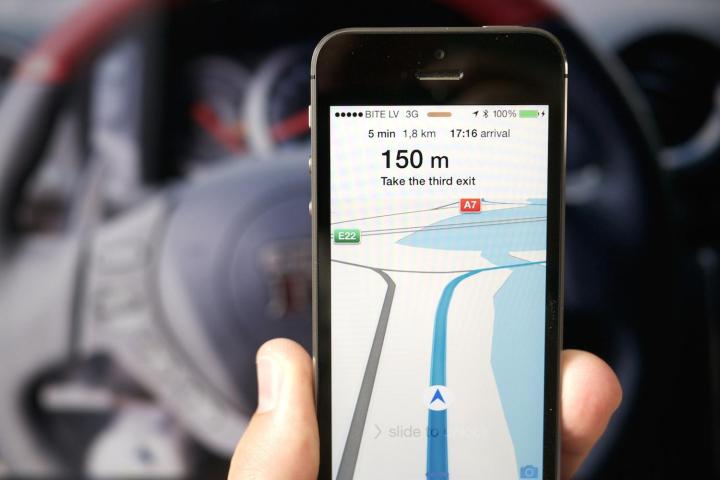
But three years on, the tide is turning in Apple’s favor, with three times more usage on iOS than Google Maps according to the Boston Globe. That is partly due to Maps being integrated into Siri and the forced default mapping application, but is also due in part to Apple’s large investment in fixing and improving Maps.
When Maps originally released and Google Maps was removed from the pre-installed list, thousands cried out for Google to release a standalone Maps app for iOS. It did, a few months later, and it instantly shot to the top spot on the App Store, highlighting just how many people wanted to scramble away from Apple Maps.
However, in the last three years, Apple has added millions of new iPhone users who never experienced the trauma of Maps. Most of these new users seem content with Maps, most likely because it works with all the other applications.
Apple has been working hard to ensure it doesn’t repeat its mistakes, acquiring some mapping groups for talent. MapSense, BroadMap, and Embark are just a few of the small studios swept up for undisclosed prices, as Apple solidifies its mapping team.
Even with the growth of Maps on iOS, Google Maps still holds the reins as the most-used mapping application across all mobile platforms, thanks to Android. Google holds a similar monopoly on mapping for Android by pre-installing
In terms of features, Apple is still far behind Google Maps. It still lacks offline maps, has less businesses indexed, and is still unavailable in some regions. But even with these gaps, Apple is gaining on Google, having mapped out a strategy that shows it will not give up on Maps.
Editors' Recommendations
- This one Apple Fitness feature completely changed how I exercise
- AirTags range: here’s how far the tracker can reach
- Nomad’s new iPhone case and Apple Watch band may be its coolest yet
- 5 phones you should buy instead of the iPhone 15
- The most common Skype problems and how to fix them


